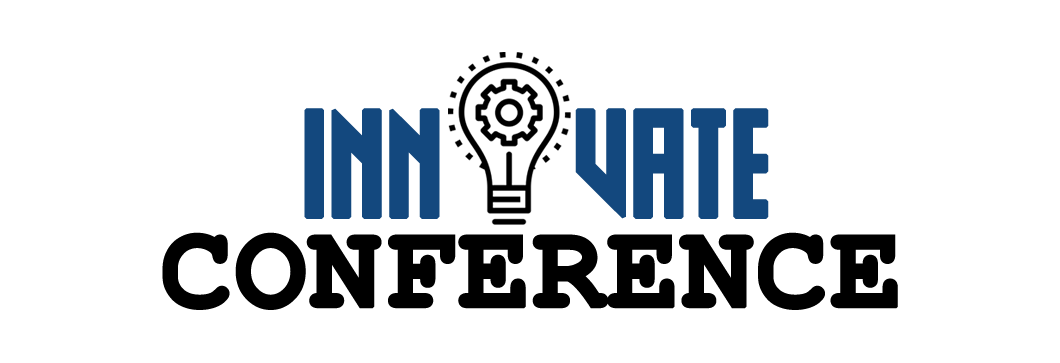The cleanliness has become a major issue during this pandemic. Everyone is putting their extreme efforts into cleaning their surroundings to keep themselves protected and safe. But if we specifically talk about companies, then the old traditional methods of cleaning are now no longer to satisfy the safety levels for both employees and costumers.
In this article, the different types of cleaning services are explained. Considering the fact that the safety of employees and costumers is the company’s first priority.
- Trauma Cleaning:
Trauma cleaning refers to the cleaning of bloodstains, urine, vomit, and feces from the accidental spot or crime scene. If the action against these substances is not taken as quickly as possible then they may cause a serious issue to health and safety. Highly trained specialists will quickly reach an area of interest and make the area clean and safe. From cross-contamination and sanitization to decontaminating and decontamination these technicians will take care of everything.
- Specialist Cleaning:
Business environments need to take special care, In order to access all the areas in a safe and effective way, specialists maintain and take care of the cleanliness. The specialists deal with the areas with high voltage, data centers, and where a significant care needed to be taken. The specialists use technical equipment the may be used to perform this work that deals with high-level platforms, harness, anti-static equipment, and mobile elevating work platforms.
- Decontamination:
When a hazardous substance is exposed in the environment, consider a case in a business where a Covid-19 case is confirmed, then the contamination must be removed. Adenosine triphosphate (ATP) testing is usually done to record and show the before and after results. This type of cleaning is carried out but specialists and may be required in a wide range of situations. Specialists wore PPE kits, masks with highly advanced cleaning equipment. Consider an example, the surface can be protected against bacterias and virus after using electrostatic spray.
- Hygiene Cleaning:
Once the surface is already been cleaned, then hygiene cleaning the daily cleaning routine to another extreme level. In this cleansing technique, a special spectrum antimicrobial cleansing products are used to clean out and sanitize the surfaces. The hygiene cleansing techniques are applied to those sensitive areas which are accessed regularly, includes high-frequency touchpoints, for example, desks, door handles, etc.
- Deep Cleaning:
As the name suggests, Deep Cleaning involves cleaning of items more deeply and precisely. This includes the cleaning of every single item in an area. Deep cleaning includes all the surfaces whether it may be behind or beneath the table or equipment. This Deep Cleaning process usually takes a long time and more specialized equipment. Deep cleaning is done in areas such as laboratories, hospitals where hygiene standards are the priority.
- Routine Cleaning:
This type of cleaning is done regularly, it helps to make the surroundings smell clean and fresh. Routine Cleaning requires the basic cleaning equipment such as mops, dusters, cloths, vacuum cleaners, cleaning fluids, and disinfectants. It is a quick process and causes less disruption to business operations.




